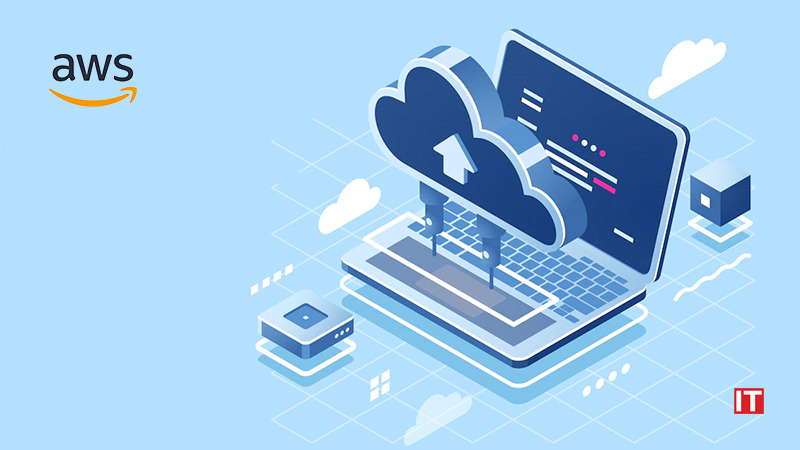Amazon Web Services, Inc, an Amazon.com, Inc. company announced that Pick n Pay Group a leading retail business operating in South African and other selected African countries, has migrated its entire on-premises information technology (IT) infrastructure to AWS. Pick n Pay worked with Lemongrass Consulting—an AWS Premier Consulting Partner with Migration and SAP Consulting Competencies—to migrate its on-premises SAP environment to AWS and implement a modern SAP HANA platform. Moving to the cloud will enable Pick n Pay to streamline its operations and modernize the supply chain network for its stores, develop new digital customer experiences in omnichannel grocery, and expand into new areas of business.
“Leveraging the cloud to achieve greater operational efficiency and improved customer experiences is a game-changing strategy for Pick n Pay and the South African retail sector. The cloud will help us stay relevant and accessible in a high-volume, low-margin marketplace that demands efficiency above all else”
“Leveraging the cloud to achieve greater operational efficiency and improved customer experiences is a game-changing strategy for Pick n Pay and the South African retail sector. The cloud will help us stay relevant and accessible in a high-volume, low-margin marketplace that demands efficiency above all else,” said Chris Shortt, Chief Information & Technology Officer at Pick n Pay. “In addition, the new cloud-based business intelligence platform enables us to make even more data-driven decisions that can help us deliver lower prices and more value to our customers.”
The retailer is using AWS’s unmatched cloud services—including compute, storage, databases, analytics and business intelligence, and AWS Marketplace—to automate Pick n Pay’s operations, deliver real-time insights, and identify and purchase AWS Partner Network (APN) offerings. By analyzing data in the cloud, the retailer can forecast demand, identify customer patterns and sentiment, and improve the in-store and online shopping experience for customers. With AWS, Pick n Pay can dynamically scale its infrastructure resources in line with business demand and peak retail seasons. This elasticity helps Pick n Pay scale its online shopping services, which run on AWS, to serve thousands of South African customers during its busiest shopping periods and holidays. AWS has given Pick n Pay the ability to perform market testing and develop viable products quickly and cost-effectively, which has helped the retailer remain at the forefront of retail innovation on the African continent.
Modernizing its SAP workloads with AWS provides Pick n Pay the capability to connect operations, sales, and customer survey and loyalty data across its organization. The new SAP environment will run on AWS to support the company’s online and physical sales channels, accessing capabilities such as machine learning and analytics, to streamline its supply chain network, forecast inventory, and conduct detailed market analysis to offer the right retail mix of merchandise.
Also Read: L-com Expands Line of Sensors to Address IoT Applications
Lemongrass, an AWS Premier Consulting Partner, enables customers like Pick n Pay to migrate mission-critical SAP (including SAP S/4HANA) and non-SAP workloads to AWS, and also manages these workloads with the highest levels of automation and agility. Lemongrass designed a solution for Pick n Pay using the Lemongrass Platform and its proven templates and patterns to migrate, operate, and automate their SAP workloads. In addition, Pick n Pay used AWS Application Migration Service (CloudEndure Migration) to simplify and expedite moving 185 non-SAP workloads to the cloud.
“Forward-thinking companies like Pick n Pay are modernizing their systems by migrating to AWS,” said Eamonn O’Neill, chief technology officer at Lemongrass Consulting. “Based on our work with our Cloud Cost Calculator, we typically see potential cost savings of between 45% and 75% resulting from this strategy. These are savings that can then fund initiatives, such as new offerings and tools that deliver superior retail experiences, and drive additional value for the business, such as business intelligence and automation.


































